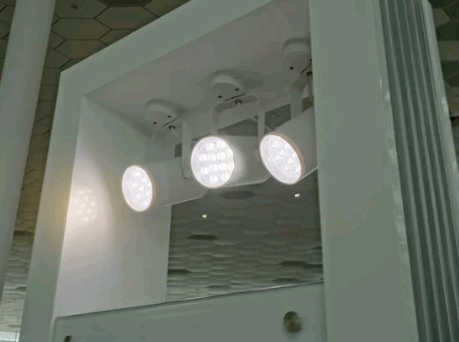LED lighting has transformed the way we illuminate our homes and workplaces, blending energy efficiency with modern aesthetics and enhancing brightness improvement.
This article explores what LED lighting is, how it operates, and the advantages it offers—from energy efficiency to versatility, including instant brightness and directional lighting.
We will also break down the different types of LED lighting available, comparing prices and helping you make informed choices for your lighting needs, including cold operation and colour temperature.
If you're curious about how LEDs can enhance your space while being eco-friendly and cost-effective, keep reading to discover their light quality and lighting solutions!
Explore the impact of LED lighting on energy consumption and maintenance costs in various applications.
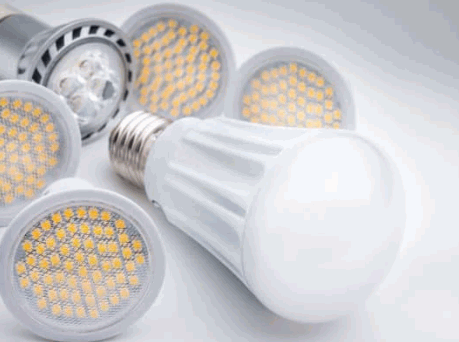
Contents
LED lighting, or light-emitting diode technology, represents a revolutionary advancement in the world of illumination, offering a sustainable and energy-efficient alternative to traditional lighting solutions such as incandescent bulbs and CFL bulbs.
By utilising semiconductor materials, LED bulbs convert electricity into light with remarkable efficiency, thereby reducing energy consumption and lowering energy bills.
As local companies adapt to market growth, the adoption of LED fixtures helps lessen the carbon footprint, making them an eco-friendly technology for both businesses and households.
Look into: Is LED Lighting Sustainable
LED lighting operates based on the principles of electroluminescence, where semiconductor materials emit light when an electrical current passes through them, creating a highly efficient light output with minimal energy consumption. This remarkable technology continues to transform the way we illuminate our spaces, offering creative applications and enhancing visual needs.
The heart of LED technology lies in its carefully engineered semiconductor materials, which are usually composed of gallium arsenide or gallium phosphide. These materials possess unique properties that allow them to produce light when energised. When an electrical current flows through these semiconductors, electrons recombine with holes, releasing energy in the form of photons. This process results in the visible light we see, supporting the demands of renewable energy and sustainable lighting industries.
Producing light is just one aspect; managing heat effectively is equally vital. Without proper thermal management, the lifespan and efficiency of LEDs can significantly diminish. When LEDs operate, they generate heat, and if this heat is not dissipated, it can lead to a shorter lifespan and degradation of light output. This is where local installers play a crucial role in ensuring proper installation and maintenance of lighting systems.
Advanced heatsinks and thermal interfaces are essential in maintaining optimal operating temperatures, ensuring that the lights not only shine brightly but also last longer in various applications, demonstrating the importance of thermal management.
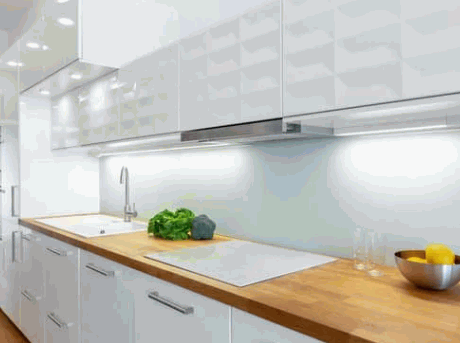
LED lighting presents numerous advantages over traditional lighting options, including substantial energy efficiency, significant reductions in energy bills, and impressive longevity benefits, making it an ideal choice for both businesses and residential applications in today's eco-conscious marketplace. Its superiority over incandescent bulbs, CFL bulbs, and halogen bulbs positions it as a leader in the lighting industry.
Energy efficiency is one of the standout features of LED lighting, as these systems consume significantly less power compared to traditional light sources, leading to reduced energy bills for consumers and businesses alike. The advantages of using LED technology are not limited to just lower electricity costs; they contribute to longer lifespans and lower maintenance requirements, which enhance operational efficiency over time.
In contrast to incandescent bulbs, which convert nearly 90% of their energy into heat rather than light, LED options utilise at least 75% less energy for equivalent brightness. This significant contrast showcases why more business owners are opting for LEDs over traditional sources.
When considering fluorescent lighting, the savings are notable as well. According to the UK Department of Energy, switching to LED lighting can lead to savings of about 50% to 70% on energy costs, allowing enterprises to allocate those funds to other essential operations. This shift highlights the cost savings and benefits of power saving in various sectors.
This progressive leap towards energy-efficient solutions positions companies to be more sustainable while also fostering a healthier bottom line.
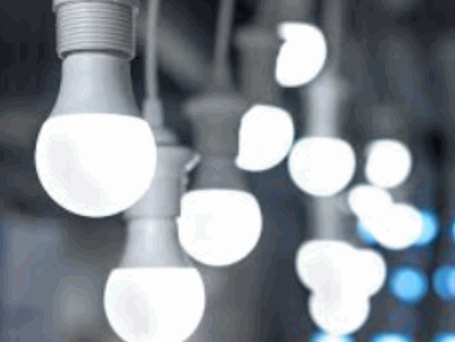
The lifespan of LED lighting is remarkably longer than that of traditional incandescent and CFL bulbs, with many LED fixtures lasting up to 25,000 hours or more, which translates into less frequent replacements and lower maintenance costs.
This extended longevity not only signifies significant savings in replacement expenses but also reduces the environmental impact associated with frequent bulb disposal. Compared to incandescent bulbs, which may require replacing every 1,000 hours, or CFLs which typically last around 10,000 hours, LEDs stand out as the superior option.
The implications of a longer lifespan stretch beyond mere savings; it means less disruption caused by frequent maintenance and a more consistently lit environment.
Considering the overall cost-effectiveness and sustainability, the choice of LED lighting becomes increasingly clear.
LED lighting is recognised for its durability, constructed to withstand harsh conditions and vibrations, making it a preferred option for various applications, from outdoor lighting to industrial use.
These energy-efficient fittings are designed with advanced thermal management systems that dissipate heat effectively, ensuring optimal performance over time. This robust quality not only enhances their lifespan but also significantly contributes to reducing environmental impact by minimising the frequency of replacements. The LED lighting marketplace continues to see increased demand due to its reliability and sustainability.
As a result, facilities can enjoy long-lasting illumination with lower maintenance costs. Commonly used in:
The combination of durability and efficiency makes them an ideal choice for both economic and ecological benefits, appealing to those who prioritise sustainability in their lighting solutions.
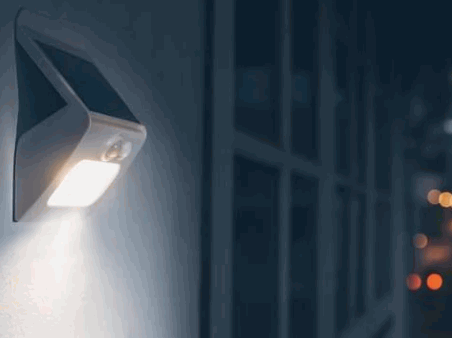
LED lighting is celebrated for being environmentally friendly, significantly lowering the carbon footprint associated with energy consumption while also eliminating disposal problems common with incandescent and CFL bulbs due to their lack of harmful materials like mercury.
This innovative lighting solution offers multiple environmental benefits, making it a smart choice for conscientious consumers. First and foremost, LEDs consume significantly less electricity, which leads to lower greenhouse gas emissions from power stations. Their longevity translates into reduced waste; a single LED bulb can last up to 25,000 hours compared to just 1,000 hours for traditional incandescent bulbs.
As more people recognize these advantages, the shift towards LED lighting can contribute significantly to global sustainability efforts, ensuring a cleaner planet for future generations. The increased market growth and adoption of LED fixtures are reshaping the landscape of the lighting marketplace.
Adopting LED lighting is cost-effective in the long term, as the initial investment is counterbalanced by reduced energy bills and maintenance costs due to their longevity and efficiency.
When evaluating the financial impact, it is essential to consider both the upfront costs and the savings that follow. For instance, while standard incandescent bulbs may be cheaper initially, they consume significantly more electricity and need to be replaced frequently.
Many regions offer incentives and rebates for using LED technology, making the transition even more affordable. Over time, the enhanced durability and decreased replacement frequency of LEDs translate into substantial financial advantages, ultimately providing a compelling case for both businesses and homeowners to invest in this sustainable lighting solution.
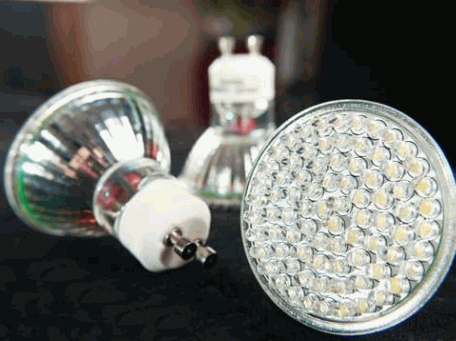
The versatility of LED lighting enables a wide range of creative applications, from residential lighting to commercial and industrial uses, and integrating smart lighting solutions that enhance functionality.
Such applications extend beyond traditional settings, paving the way for innovative uses that transform environments and improve energy efficiency. In smart cities, for example, LED technology powers streetlights equipped with sensors that adjust brightness based on pedestrian activity, thereby conserving energy while enhancing safety.
This adaptability highlights how LED technology can be integrated into various fields, promoting sustainable practices and enhancing user experiences through smart lighting systems.
LED lighting provides instant brightness, eliminating the warm-up time associated with traditional bulbs like CFL bulbs and fluorescent bulbs, delivering superior luminous flux and light quality from the moment they are switched on.
This immediate illumination not only enhances user experience but also increases overall efficiency in various settings. For instance, in commercial environments such as offices and retail spaces in the UK, the absence of delay allows tasks to commence without interruptions, ensuring productivity remains high.
When compared to conventional lighting solutions, which often require several seconds to reach their optimal brightness, the benefits become even clearer. Take, for instance, a home environment where the sudden activation of light from LED bulbs can improve safety in dark areas like hallways.
In applications such as outdoor lighting and automotive uses, this quick response can lead to better visibility and quicker reaction times. Embracing LED technology, including smart lighting systems, represents a decisive move towards greater convenience and efficiency.
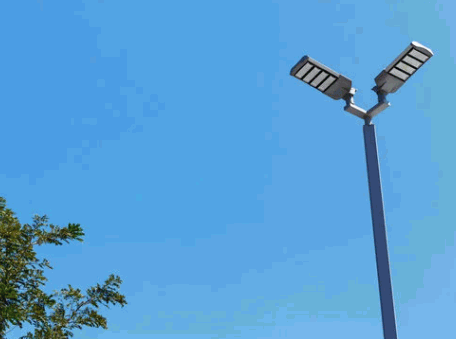
One of the significant advantages of LED lighting is its low heat emission, which is a result of effective thermal management, making these light emitting diodes safer and more energy-efficient than many traditional light sources, including CFL bulbs.
This characteristic not only minimises the risk of burns and fire hazards but also contributes to reduced energy waste, allowing households and businesses to save on electricity costs. When considering residential and commercial lighting, the low heat generated by LEDs means that they are particularly beneficial in enclosed spaces where overheating may pose a risk, further enhancing longevity advantages.
Consequently, the implications of adopting LED technology extend beyond simple illumination, impacting safety and sustainability on multiple levels.
LED lighting emits no UV radiation, making it a safer and healthier choice for lighting spaces, particularly in settings where UV exposure could be detrimental, such as art galleries and museums.
This absence of harmful ultraviolet rays plays a crucial role in preserving delicate materials and artworks, ensuring that they remain vibrant and unblemished over time. Minimising UV emissions helps in preventing fading and degradation of colours, which is vital for maintaining the integrity of historical artefacts. It significantly diminishes the risk associated with UV-related skin damage for individuals frequently present in such environments.
Consequently, adopting LED technology offers not only environmental advantages but also enhances safety and product durability across various applications.
The ability to customise colours in LED lighting allows for creative applications in various settings, enhancing mood and atmosphere while providing flexibility in illumination.
This feature goes beyond mere aesthetic appeal; it enables individuals to tailor their lighting to match specific activities, whether it’s a cosy evening at home or a dynamic party atmosphere. By adjusting colour temperature, users can influence how a space feels, making it vital for personal and commercial use.
This versatility in LED fixtures ultimately enriches the environment, enhancing both functionality and enjoyment in every situation, thanks to their smart lighting capabilities and customizable colours.
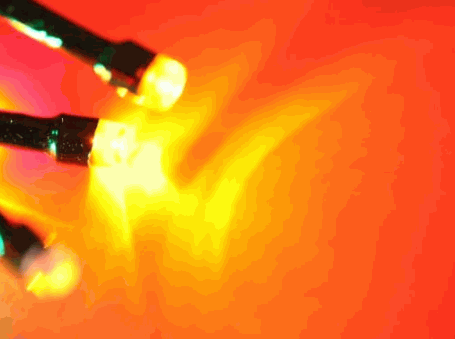
LED lighting comes in various forms, each designed to cater to specific needs and applications, including:
which represent the diverse array of lighting systems available in today's market.
LED bulbs are among the most popular types of LED lighting, offering exceptional energy efficiency and light output while providing significant cost savings over their lifespan.
These innovative lighting solutions not only consume less electricity compared to traditional incandescent and fluorescent bulbs, but they also last significantly longer, often exceeding 25,000 hours of use. This longevity translates to less frequent replacements, which is a major benefit for both residential and commercial applications.
The energy efficiency of LED bulbs can lead to reduced utility bills, making them an economical choice in the long run, especially when you compare prices with traditional options.
In contrast to traditional options, LED technology offers a versatile lighting experience that caters to diverse needs, from cosy home environments to professional office spaces.
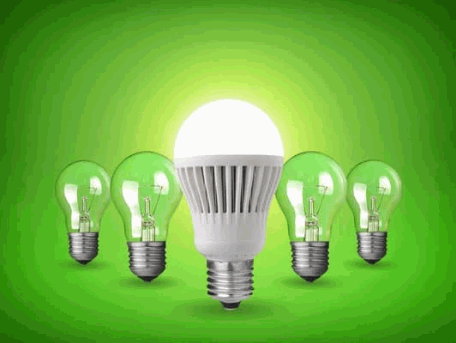
LED strips are versatile lighting solutions that can be easily installed in various spaces, allowing for creative applications in both residential and commercial settings.
The adaptability of these lighting options makes them especially popular among homeowners and business owners alike. Their installation flexibility and easy electrical connection mean they can be cut to size and shaped to fit unique areas, such as under kitchen cupboards or along the edges of furniture.
Many LED strips are compatible with smart lighting systems, which can be controlled through mobile apps or voice commands. This enhances user experience, as individuals can easily adjust brightness and colour to set the perfect mood.
With countless creative uses, LED strips continue to illuminate spaces in innovative ways.
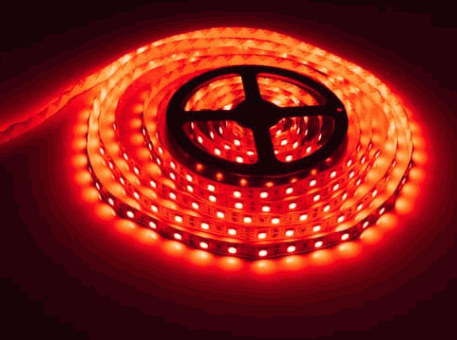
LED panels provide a sleek and modern lighting solution, known for their energy efficiency and exceptional light quality, making them ideal for commercial applications such as offices and retail spaces.
These innovative lighting units utilise advanced technology to significantly reduce energy consumption, resulting in lower electricity bills.
The durability of LED panels means less frequent replacements, contributing to sustainability and reduced waste. Their ability to emit a bright, uniform light enhances visibility and creates a more inviting atmosphere in various settings.
Whether used in conference rooms, showrooms, or classrooms, LED panels stand out as a versatile solution tailored to enhance both aesthetics and functionality.
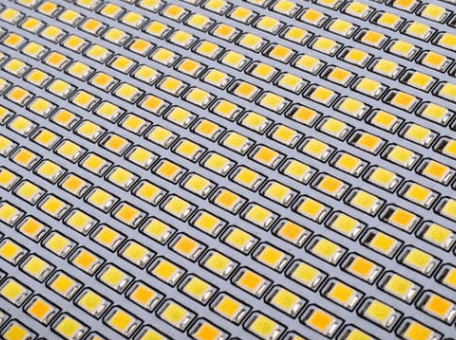
LED tubes are an excellent choice for replacing traditional fluorescent tubes, offering enhanced energy efficiency, longevity, and superior light output within various lighting systems.
In fact, the shift to these innovative lighting solutions can lead to notable reductions in energy consumption, ultimately translating to decreased utility costs. Their longer lifespan means fewer replacements, which reduces maintenance efforts and costs associated with frequent bulb changes. This becomes especially beneficial in commercial settings where lighting is crucial for productivity and safety.
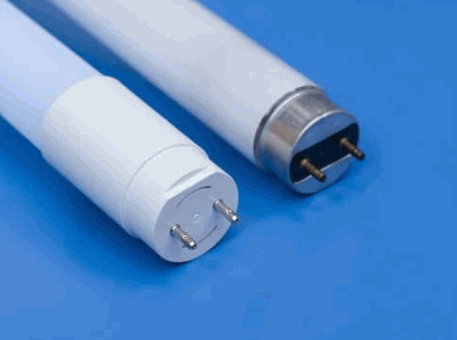
LED spotlights are designed for directional lighting, providing high-quality illumination that enhances visual appeal and focuses attention on specific areas or objects. These LED fixtures are increasingly popular in both residential and commercial spaces due to their versatility and energy efficiency.
When used in a home, LED spotlights can effectively showcase artwork, architectural features, or accent walls, creating a warm and inviting atmosphere.
In retail environments, they draw customers' eyes to merchandise, enhancing product visibility and encouraging purchases.
With advancements in smart lighting technology, many options now offer adjustable brightness and colour temperature, making them suitable for a variety of settings and moods.
